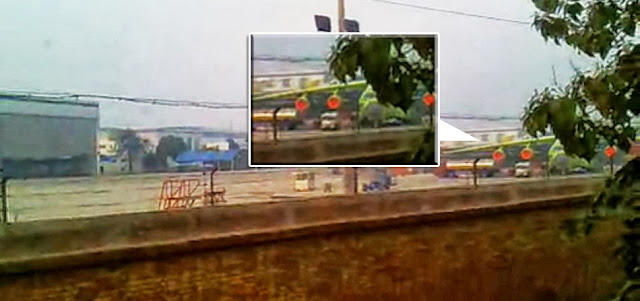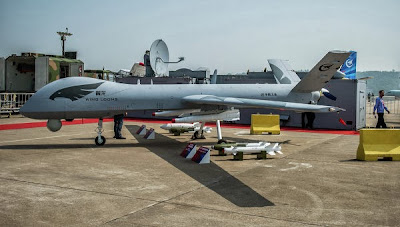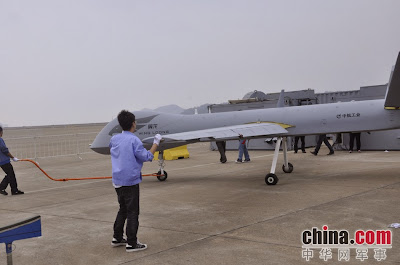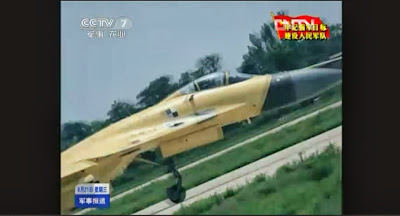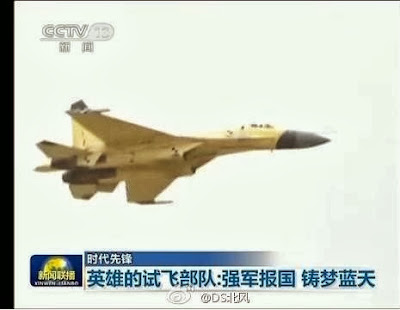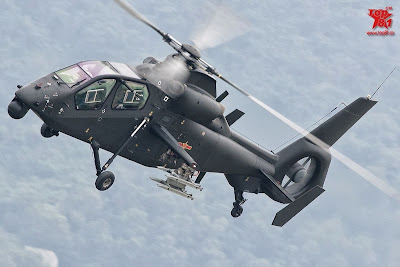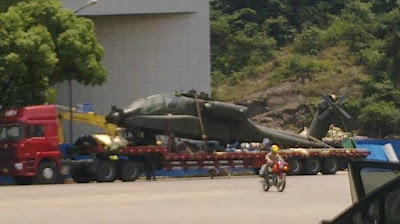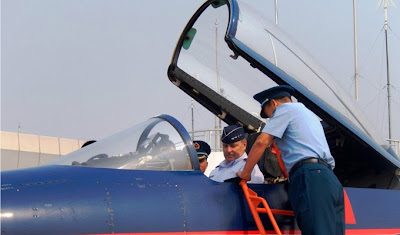China is developing a large-scaled whole-chain unmanned aerial vehicles (UAV) industrial development base in Beijing that will settle in southern Beijing's Daxing District, according to the top management of China Academy of Aerospace Aerodynamics (CAAA) under China Aerospace Sci & Tech Corporation.
The UAV development industrial base, which covers a total area of 134 ha, will be the first of its kind in China. The base will cluster flagship enterprises and regional S&T leaders in the sophisticated industry within three years. It will also develop a top-notch technological service system and explore new modes for commercial application so as to turn itself into a UAV tech and service hub with high value-added.
The industrial base's estimated output will reach 10 billion yuan (US$1.6 billion) by 2015, 30 billion yuan (US$4.8 billion) by 2020, and more than 100 billion yuan (US$16.1 billion) by 2025.
By then, the industrial base will integrate all links on the industrial chain, from S&T, manufacturing, test flights, marketing, after-sales services and commercial applications.
Beijing's Daxing District, a high-tech manufacturing industrial belt in the city, is expected to be the most important industrial cluster area in the future.
